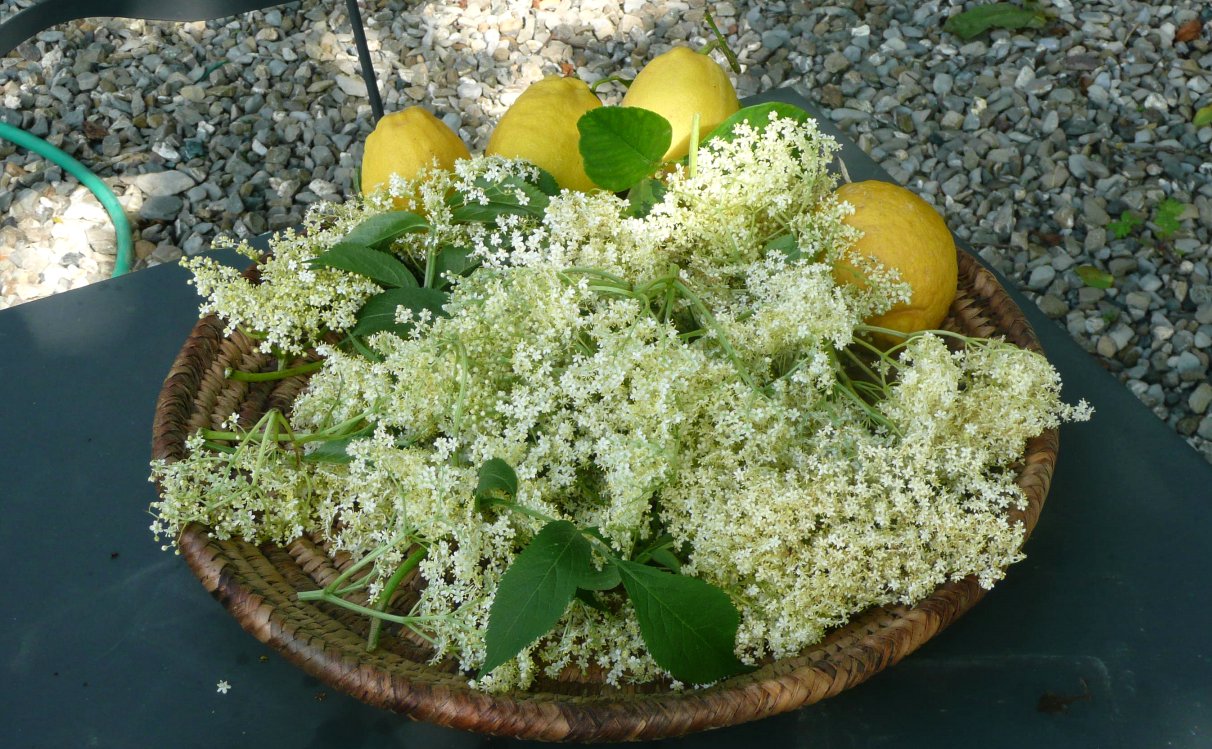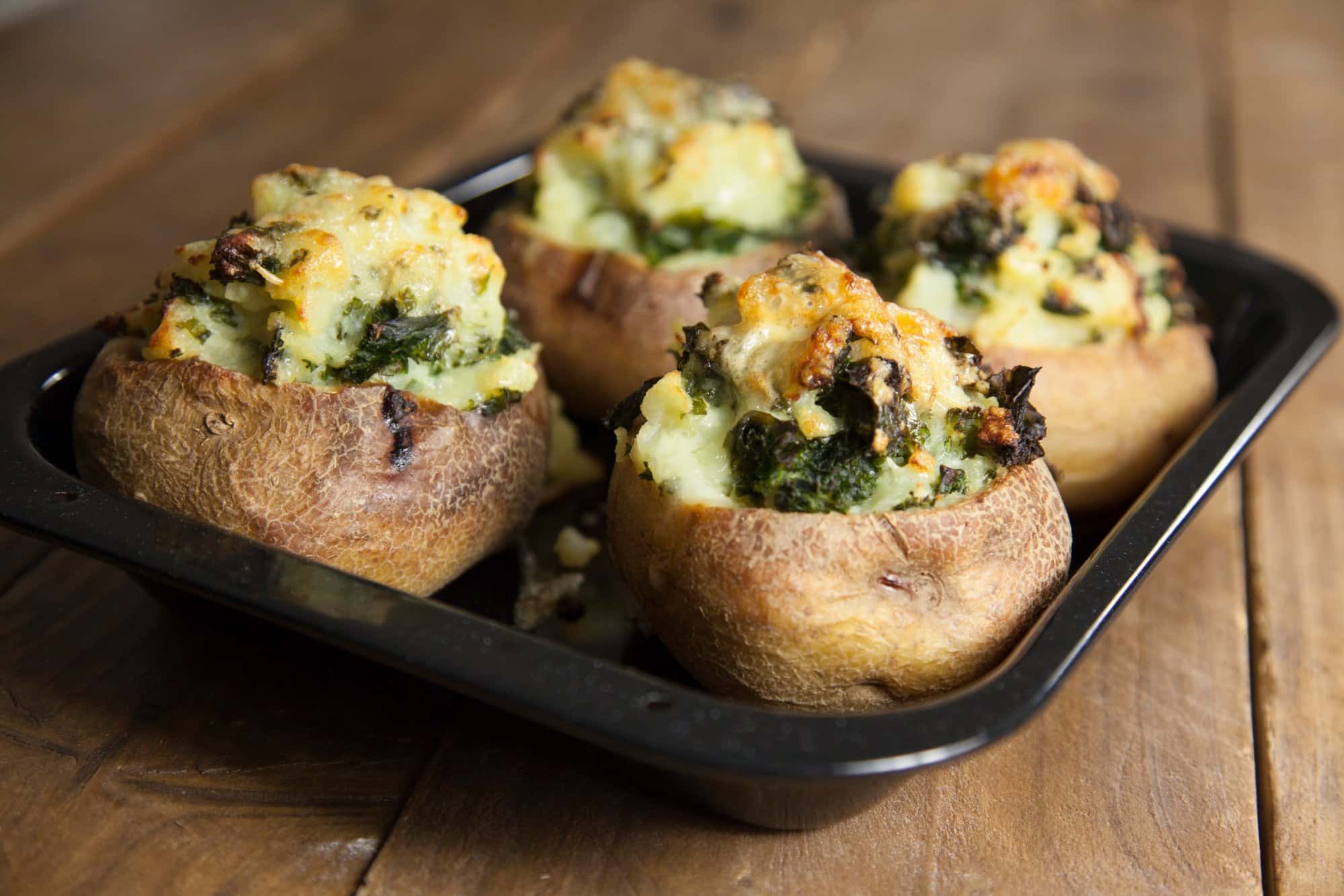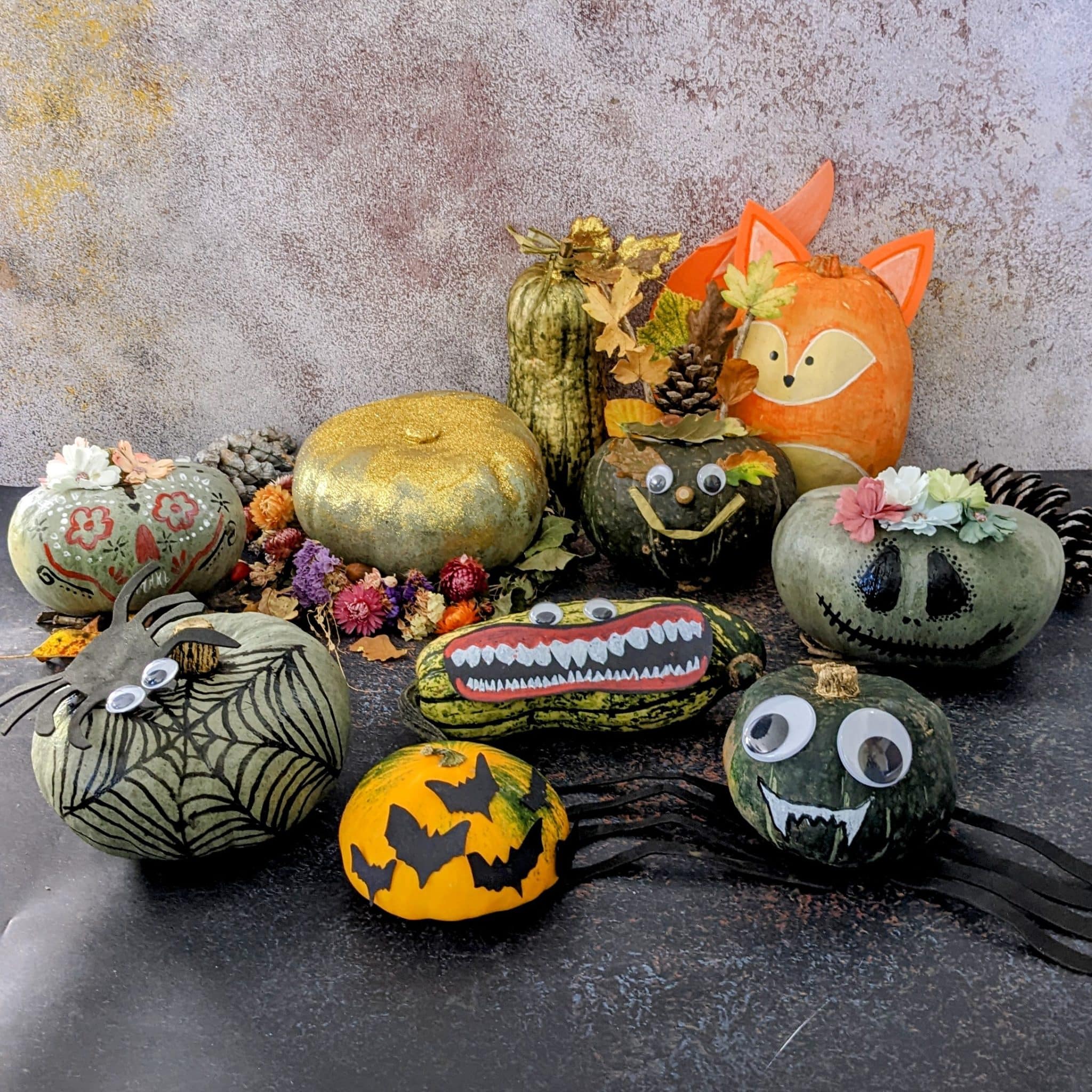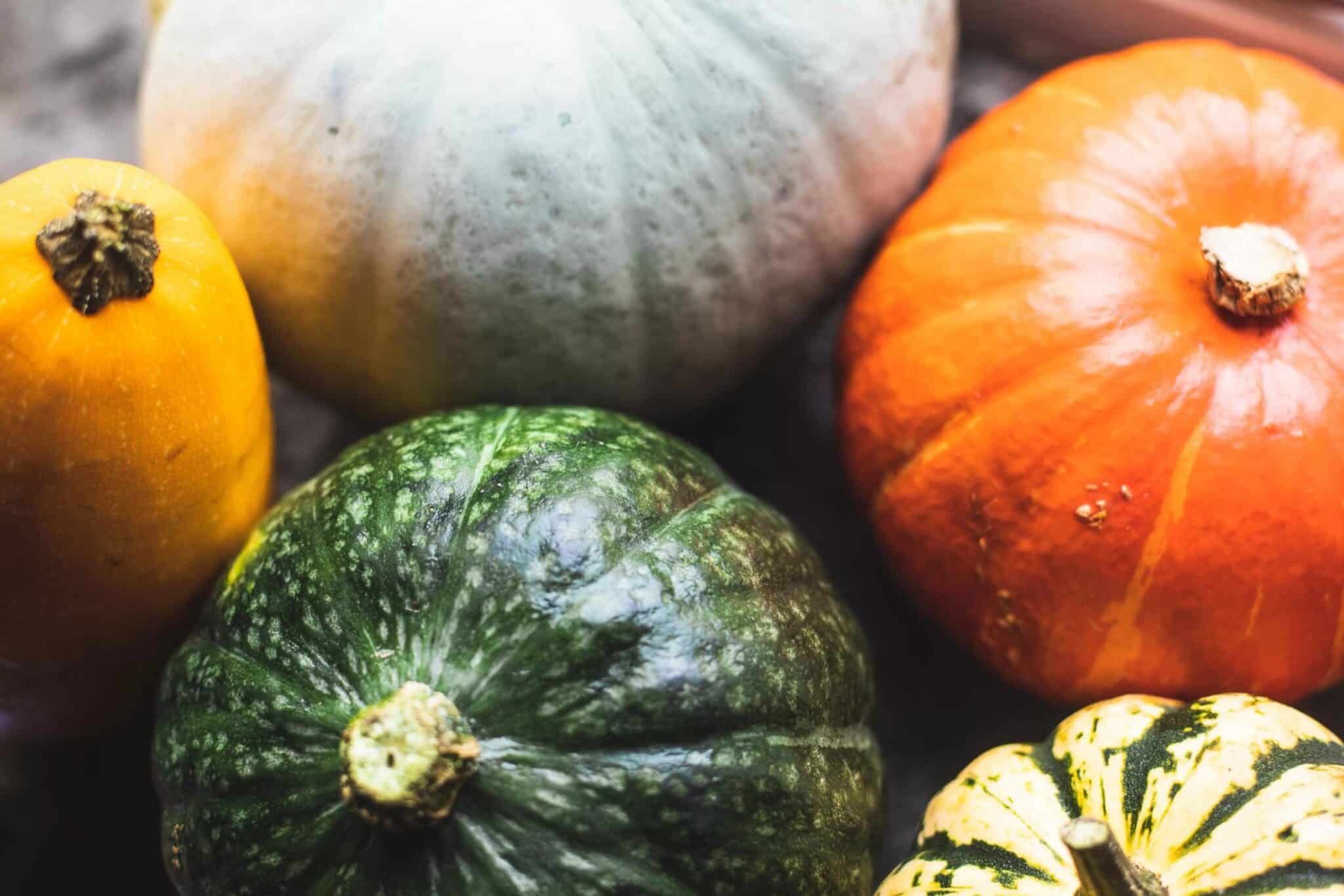Summer in a bottle! For a few weeks every year the air becomes heavy with the floral fragrance of elderflower blooms. They grow in abundance in hedgerows and field margins – look out for their star-shaped white froth of flowers.
Don’t be alarmed at the amount of sugar in this recipe, the cordial is concentrated and will be watered down to your taste. The tartaric acid adds to the sharpness but is added primarily as a preservative so that it will store well without spoiling. If you think you’ll use it all up within a couple of weeks you can omit it and add one more lemon to the recipe.
Check your elderflower heads for bugs and flick away anything obvious but avoid washing them as you’ll flush away too much of the precious flavour. Avoid picking from any plants that are too near a busy road as the exhaust fumes can taint the flowers. It goes without saying to make sure you never strip the flowers from a whole plant – pick a few from each plant and move on.
Ingredients
1.2 litres of water
800g caster sugar
20 generous heads of elderflower
2 lemons, thinly sliced
1 tsp tartaric acid – optional, see intro
Method
Tip the water and sugar into a large pan and bring gently to a simmer. Stir until the sugar has completely dissolved and then remove from the heat.
Add the elderflowers, lemons and tartaric acid. Stir everything together well, cover the pan and keep it in the fridge for 24-48 hours to let the flavours mingle.
When you are ready to decant place some muslin cloth into a sieve over a clean pan and pour the liquid through. Bunch up the cloth and squeeze out as much liquid as you can at the end, to catch every last drop of flavour.
Pour the cordial into sterile bottle and store somewhere cool until needed. Keep in the fridge after opening. Dilute with cold water and ice to your taste. A slice of lemon or orange will never go amiss.









Sadly whilst tartaric acid is mentioned in the preamble and the method nothing is mentioned in the ingredients – time to go hunting methinks – look out Elderflower flowers I is coming for you! I of course I can find out the amount o use of the “missing ingredient!”
Can’t help with the tartaric acid quantities, but our elderflowers in London bloomed weeks ago. That’s right, a sassanach southener city boy without a callous on his keyboard-adjusted fingers. My main ambition though is to grab all the elderflowers and make elderflower cordial out of them, otherwise my girlfriend will get the elderberries later and make what I think is an utterly disgusting deep purple cordial – retch!
I use far less sugar, more like 350 grams, and far more elderflower heads (50 to 60 as usually abundant but at least 30), about 25mg of citric acid (when do not have any use without), usually only one lemon (but more OK), did one with an orange recently as had no lemon and that seemed to work, and VERY important to cool water before adding elderflower and lemon or they cook (especially important for the elderflower heads). Also good not to have too much stalk. I usually do not put in fridge although that seems a good idea. I have made about 6 litres this year and some people do not find mine sweeter enough so the sugar could be increased if you prefer is sweeter.